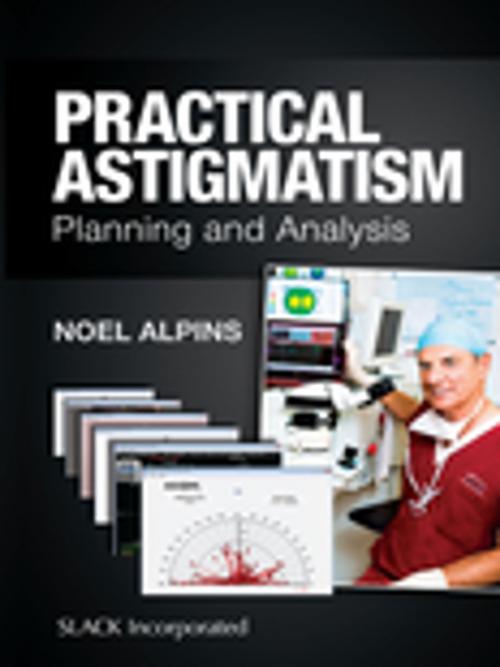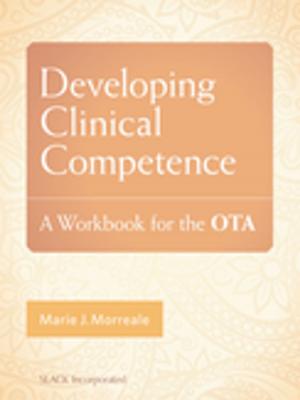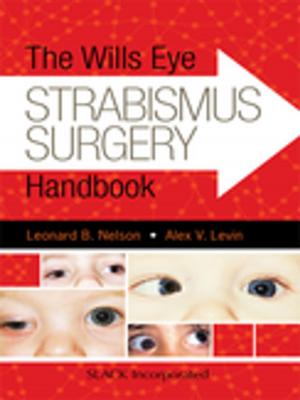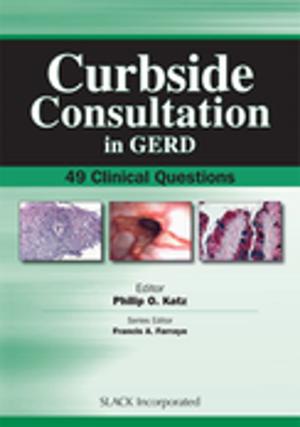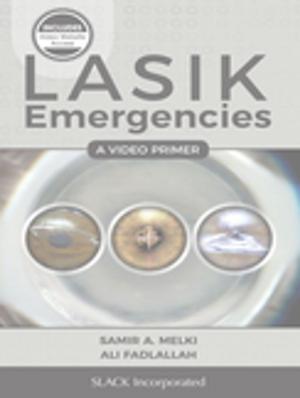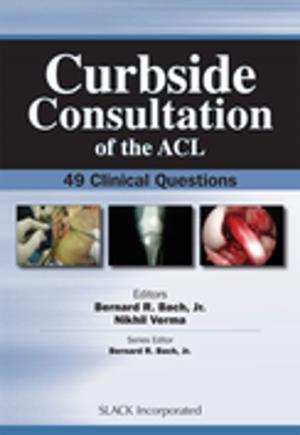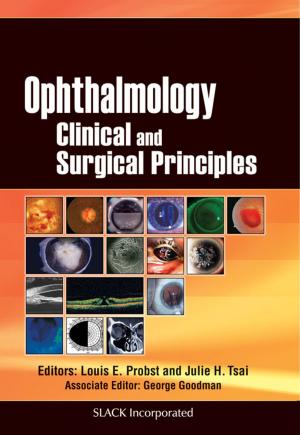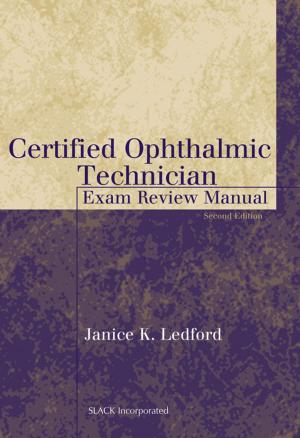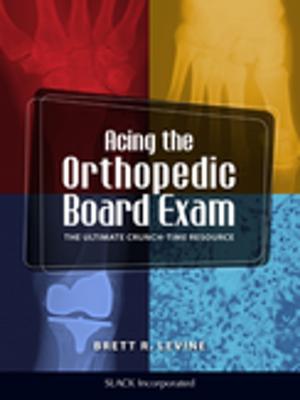Practical Astigmatism
Planning and Analysis
Nonfiction, Health & Well Being, Medical, Specialties, Ophthalmology| Author: | ISBN: | 9781630915278 | |
| Publisher: | SLACK Incorporated | Publication: | September 15, 2017 |
| Imprint: | SLACK Incorporated | Language: | English |
| Author: | |
| ISBN: | 9781630915278 |
| Publisher: | SLACK Incorporated |
| Publication: | September 15, 2017 |
| Imprint: | SLACK Incorporated |
| Language: | English |
The surgical correction of astigmatism is the last frontier to optimizing visual outcomes for patients. Practical Astigmatism: Planning and Analysis is a comprehensive guide to correcting astigmatism from pre-operative planning to post-operative analysis. This provides readers with unique insight to what actually happened surgically: did the astigmatism over or under correct? Was it on-axis or off-axis? With this book, ophthalmologists will be able to analyze previous procedures with the appropriate nomograms and more often achieve targeted outcomes. Dr. Noel Alpins has developed the Alpins Method of astigmatism to provide accurate planning and analysis of astigmatism procedures. His method focuses on analyzing refractive and corneal astigmatism parameters and using the results in future surgery to improve visual outcomes. The importance of the ocular residual astigmatism (ORA) is detailed when planning astigmatism surgery. Practical Astigmatism features vector planning for refractive laser surgery as well as planning and analysis applied to cataract and limbal relaxing incisions, in addition to demonstrating graphical analysis of astigmatism using high quality vector and fan diagrams, as used in scientific journals. In addition, hemidivisional analysis of the irregular cornea, corneal coupling in incisional and excimer laser surgery for mixed astigmatism and toric IOL planning with total corneal power using corneal topographic astigmatism (CorT total) are addressed as well. Some Questions Answered Inside: • What is the difference between regular and irregular astigmatism? • How do I diagnose each, and how does this affect my surgical technique? • Can I incorporate corneal astigmatism when performing excimer laser surgery? • Why are my LRIs undercorrecting the astigmatism? • Is it safe to perform excimer laser on keratoconous patients? • Which corneal astigmatism measure do I choose and what do I do following a refractive surprise?
The surgical correction of astigmatism is the last frontier to optimizing visual outcomes for patients. Practical Astigmatism: Planning and Analysis is a comprehensive guide to correcting astigmatism from pre-operative planning to post-operative analysis. This provides readers with unique insight to what actually happened surgically: did the astigmatism over or under correct? Was it on-axis or off-axis? With this book, ophthalmologists will be able to analyze previous procedures with the appropriate nomograms and more often achieve targeted outcomes. Dr. Noel Alpins has developed the Alpins Method of astigmatism to provide accurate planning and analysis of astigmatism procedures. His method focuses on analyzing refractive and corneal astigmatism parameters and using the results in future surgery to improve visual outcomes. The importance of the ocular residual astigmatism (ORA) is detailed when planning astigmatism surgery. Practical Astigmatism features vector planning for refractive laser surgery as well as planning and analysis applied to cataract and limbal relaxing incisions, in addition to demonstrating graphical analysis of astigmatism using high quality vector and fan diagrams, as used in scientific journals. In addition, hemidivisional analysis of the irregular cornea, corneal coupling in incisional and excimer laser surgery for mixed astigmatism and toric IOL planning with total corneal power using corneal topographic astigmatism (CorT total) are addressed as well. Some Questions Answered Inside: • What is the difference between regular and irregular astigmatism? • How do I diagnose each, and how does this affect my surgical technique? • Can I incorporate corneal astigmatism when performing excimer laser surgery? • Why are my LRIs undercorrecting the astigmatism? • Is it safe to perform excimer laser on keratoconous patients? • Which corneal astigmatism measure do I choose and what do I do following a refractive surprise?
